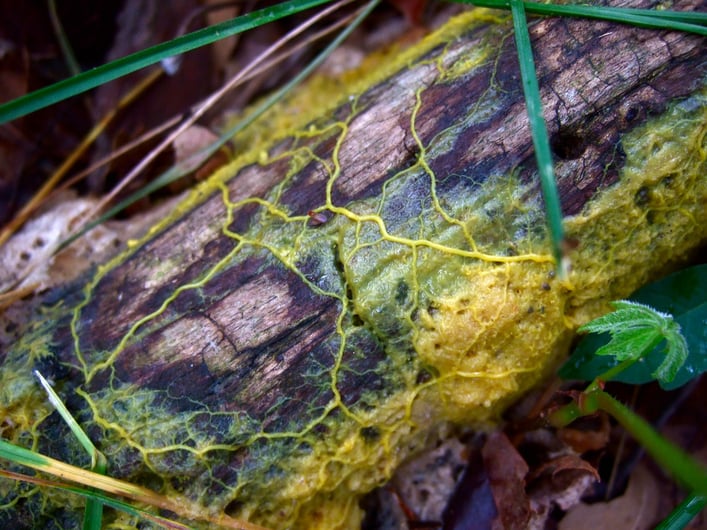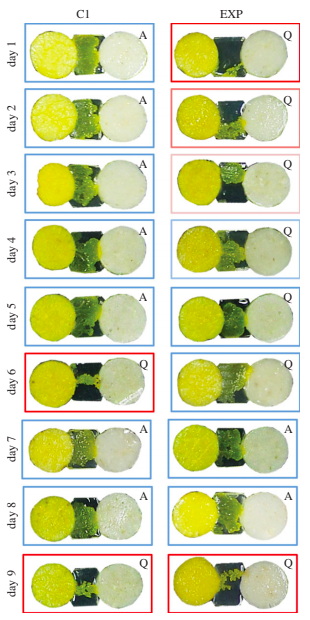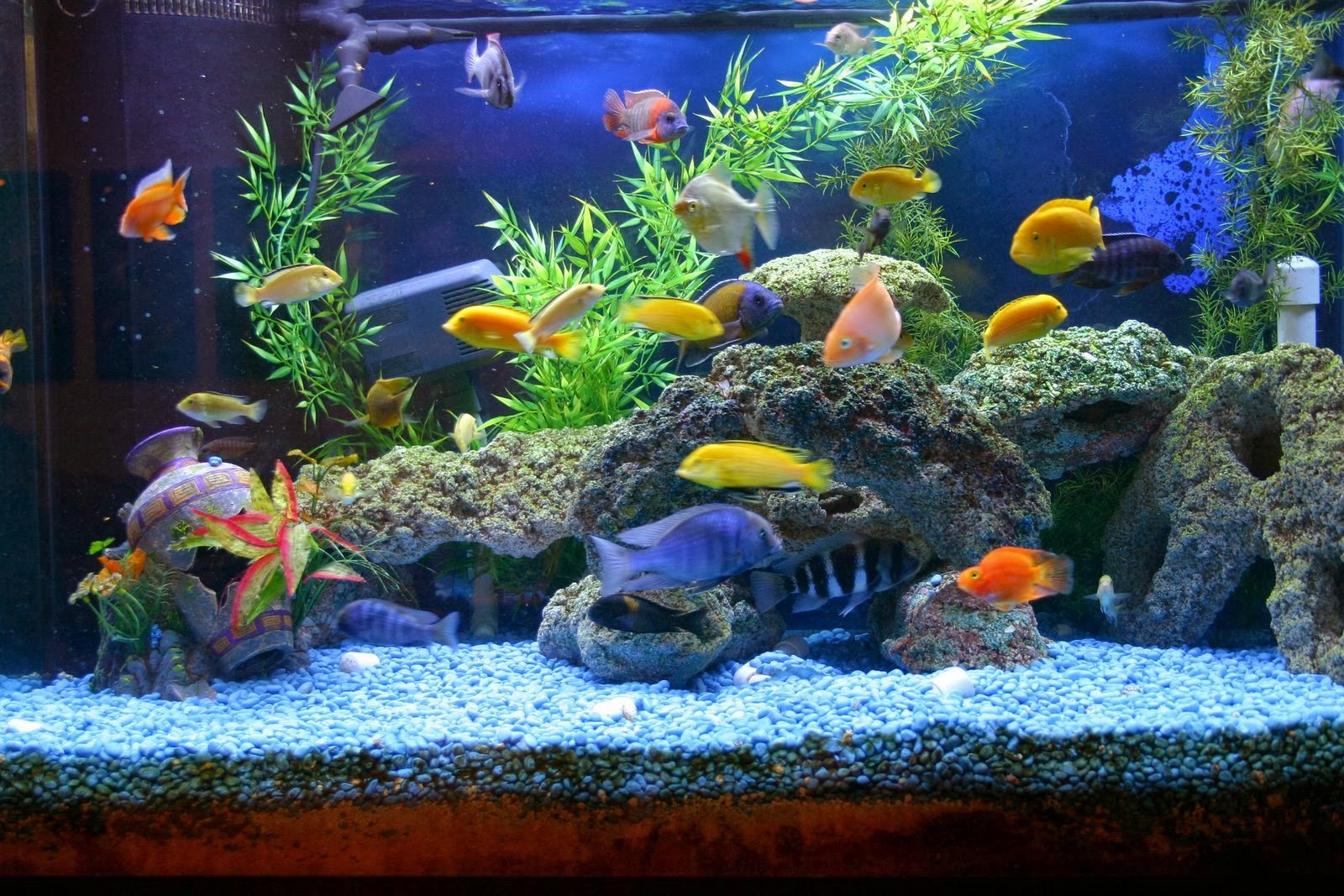Slime Molds Are Systems Thinkers Too...
 Elena Cabrera
·
2 minute read
Elena Cabrera
·
2 minute read
This blog has been partially adapted from A Literature Review of the Universal and Atomic Elements of Complex Cognition.
When you picture things that think, a slime mold probably wouldn't be the first organism to jump to mind. However, research has shown that you don't necessarily need a brain to think; in other words, non-neural organisms can think. Previously, we discussed how chemotaxis is an inherently DSRP-based process which allows bacteria and cells to make distinctions, build systems, recognize relationships, and take perspectives. As research has shown, slime molds can do DSRP too.
In their 2016 publication, Boisseau et al. investigated learning in non-neural organisms, in this case, a slime mold. Slime molds may not seem to be the ideal subjects for research on the fundamental mechanisms of learning, but researchers believe they should be. They define learning as “a change in behavior evoked by experience.”
 Figure 1: The slime mold Physarum polycephalum.
Figure 1: The slime mold Physarum polycephalum.
In their research with the slime mold Physarum polycephalum (Figure 1), the organism developed habituation behavior, which is an “unmistakable form of learning.” In their experiment, the mold was exposed to a stimulus (in this case, quinine or caffeine) and to see if there was a response behavior, (chemotaxis, a movement based on a concentration of a substance) facilitated by the mold's ability to distinguish between chemical and non-chemical compounds.
What they observed was remarkable, as each time they exposed the slime mold to the stimulus, its response rate was decreased (shown in Figure 2). Eventually, the mold learned to ignore the stimulus altogether, by shifting its perspective on the danger level of the chemical. Interestingly, when given a break from the stimulus and then reintroduced to it, the process started over again, demonstrating the mold's ability to both remember and forget.
 Figure 2: Photographs of the experiment done by Boisseau et al. 2016. C1 is the control group (the pathway is just agar) and EXP is the experimental group (the pathway contains quinine).
Figure 2: Photographs of the experiment done by Boisseau et al. 2016. C1 is the control group (the pathway is just agar) and EXP is the experimental group (the pathway contains quinine).
These results open up new areas in which to study learning, as non-neural organisms have not typically been the focus of cognitive investigations. There are many implications if learning can occur in non-neural organisms (organisms that don't have neurons or brains).
First, it shifts the time period in which the scientific community thought learning evolved, bringing it a much earlier time period than previously assumed. Second, learning as a process is so fundamental to life itself that neurons, while helpful, aren’t necessary to make distinctions (i.e., stimulus from non stimulus), to sensing certain compounds as groups, drawing relationships between compounds and food, danger or other chemotaxic associations, and to make something as complex as a perspectival shift (i.e., "stimulus is bad and warrants a reaction" to "stimulus is neutral and can be ignored"). The point of this and other similar research into unicellular and multicellular organisms, plants, etc, is that even non-neural organisms can learn and are building little mental models of their surroundings (however rudimentary) based on distinctions, systems, relationships, and perspectives (DSRP).
If you want to learn more about DSRP, get the book:
Source: Boisseau RP, Vogel D, Dussutour A. 2016 Habituation in non-neural organisms: evidence from slime moulds. Proc. R. Soc. B 283: 20160446. http://dx.doi.org/10.1098/rspb.2016.0446
.png?width=150&height=150&name=CRL%20GOAT%20Logo%20(4).png)



